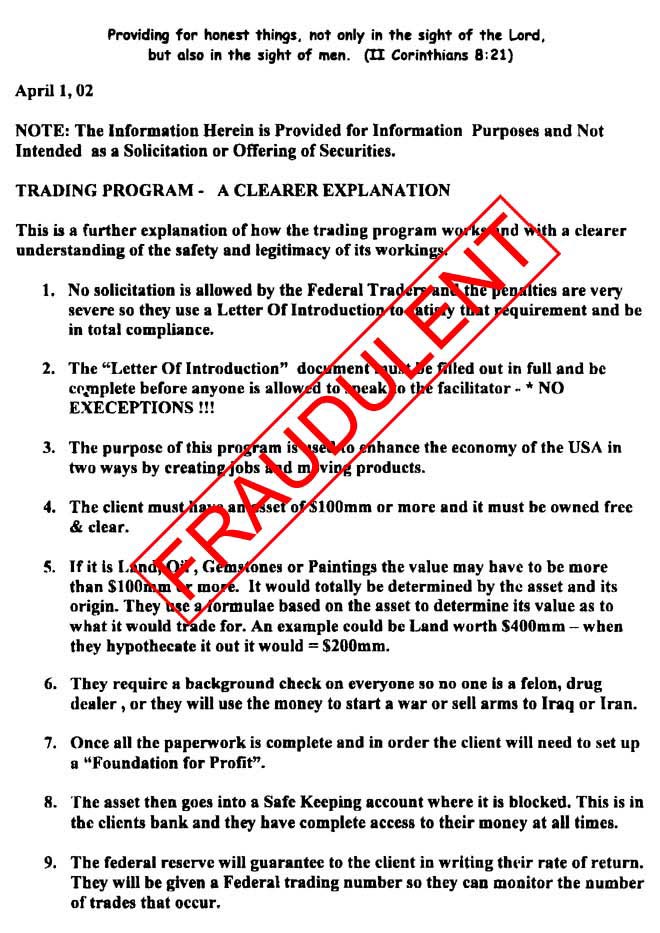

Real bank statement figures rarely end in zeroes.

The font size on a fake bank statement may be slightly larger or smaller than the size used by legitimate financial institutions. Often, the difference is so subtle that only advanced document analysis can pick it up. A fake bank statement may use a font type that is slightly different from the font type used by the legitimate financial institution. If a lender sees one of the following, it is often an indicator of a fake bank statement: Signs of File Tampering on Bank Statementsĭespite the increasing sophistication of fraudulent bank statements, there are a number of common signs of file tampering. As more advanced fraud techniques like this become available and continue developing, it is becoming increasingly difficult for lenders to detect signs of file tampering. For example, some cyber criminals use deep fakes, which blend machine learning and AI to fabricate photos, videos and audio more accurately. Today’s fraudsters are improving their fraud techniques by using cutting-edge technology. How Can Lenders Spot Fake Bank Statements?įake bank statements can often resemble the real deal. However, today’s technology makes it possible to leverage AI-powered automation to identify fake bank statements, freeing lenders to spend their time on more strategic tasks. Manual reviews can also expose lenders to potential errors, as even the most experienced underwriters are prone to human error. Not to mention, fraudulent and tampered documents can be undetectable by the human eye.

This process often requires multiple steps and reviewers, which can be time-consuming and inefficient. Traditionally, lenders have manually reviewed and verified bank statements and other applicant documents. Lenders with the tools to accurately detect fake bank statements, such as bank statement verification software, can avoid approving fraudulent applications, minimizing business and regulatory risks.

As fraudsters become increasingly sophisticated, and fake bank statement creation services are more readily available, the risk grows for lenders. When loan applicants submit fake bank statements, lenders must be able to identify fraudulent documents to protect themselves and their bottom lines. As fraud continues to become more rampant, lenders need advanced technology to combat the new generation of sophisticated file tampering techniques used to falsify financial information, such as bank statements.


 0 kommentar(er)
0 kommentar(er)
